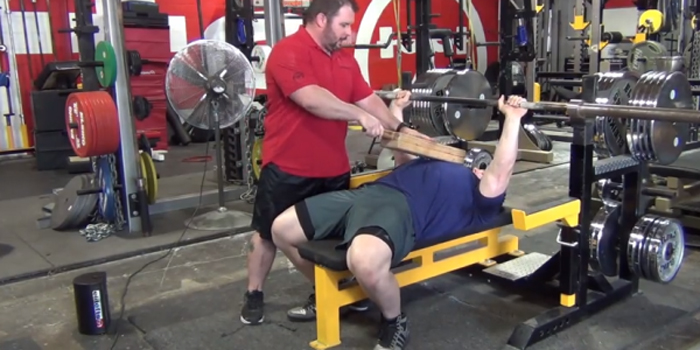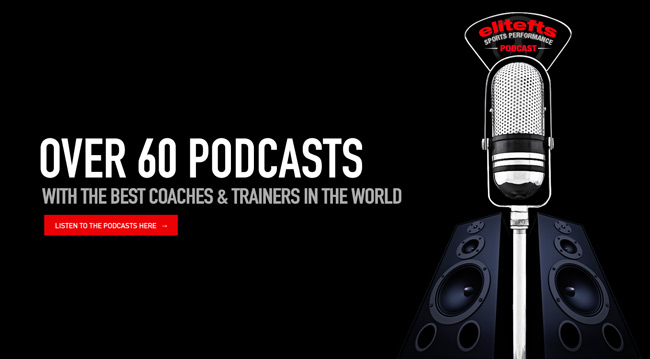
One of the quickest ways to get fired in coaching is to get an athlete hurt int he weight room DURING the season. It happens, but as a coach you have to do everything you can to reduces the possibility.
The other factor is when athletes communicate to their sport coach they are "sore" going into practices or especially a game. All athletes respond to the training stimulus differently based on numerous factors such as training age, recovery, and nutritional habits to name a few. Coaches must take that into account. There are things you can do like reducing volume, and not rotating exercises as frequently, etc.
The two adjustments I liked to make for athletes during the season were 1.) only doing box squats and 2.) using board presses. Both of these were in place of the squat and bench press.
Break the Eccentric, Concentric Chain
Two exercises that you can adapt to maintain strength, build explosive power, and reduce soreness are the squat and bench press. By adding a box and some boards respectively, you can do all of those.
1. BOX Squats.
There are so many benefits to incorporating box squats into your program.
- Mobility is a huge factor during the course of a season. Squatting on a box can assure that depth is reassured.
- Box squats can allow the lifter to sit back and take pressure of the knees. This can reinforce a vertical shin angle. Charlie Weingroff talks about the importance in this interview.
- Box squats take away most of the stretch reflex (I know some will argue this) and forces the lifter to produce more force by overcoming inertia and eliminating (to a point) momentum.
- Just anecdotal evidence, but my athletes were always much less sore from doing box squats as apposed to "free" Squats
- The load should be less than free squats IF you are doing them correctly (as I see them done correctly, JMO). The box should be about .5-1 inch below parallel and the athlete should (as Joe Kenn would say) adsorb the box with your butt, drive your heals down and head up while pushing your knees out. It should resemble a free squat in terms of stance, bar placement, etc.
2. Board Presses
The way we taught board presses, they should be much less than what is normally used on the bench press. This is not using boards to work up to a shirted max. This is like a box sqaut for the upper body. We would normally used around 85% of the BP and auto-regulate all subsequent sets.
- Use a 2 or 3 board based on arm length. A 90 degree elbow joint angle or the upper arm parallel to the floor are both good benchmarks (no pun intended).
- Bring the bar down fast and let it hit the boards hard. This may seem unnatural to most athletes. One of my mentors in powerlifting, John Bott taught me this. If you are overloading your triceps, pecs, and delts on the eccentric; what stretch reflex and what contraction are you going to be able to produce on the concentric? This is also why it is 100% necessary to use the lats to lower the bar on the bench. So in-season, let the bar down fast and take away the eccentric.
- Another advantage of reducing the eccentric contraction is to eliminate soreness (or at least reduce it.) The eccentric contraction is what attributes to most DOMS (delayed onset muscle soreness).
- Once the bar is on the board, it is not a pause and it is not a tap. It should be like a springboard. Pull the bar into the board and launch it off. This takes some coaching, but the tempo is important.
- As much as you need to maintain ROM in the lower body with the squat; it is not as high a priority with the upper body. Using a 2 or 3 board can reduce stress on the shoulders and even elbows by reducing the range of motion.
For a more detailed look at how we incorporated board presses for athletes, check out this article with instructional video:
Board Press for Sports Performance









